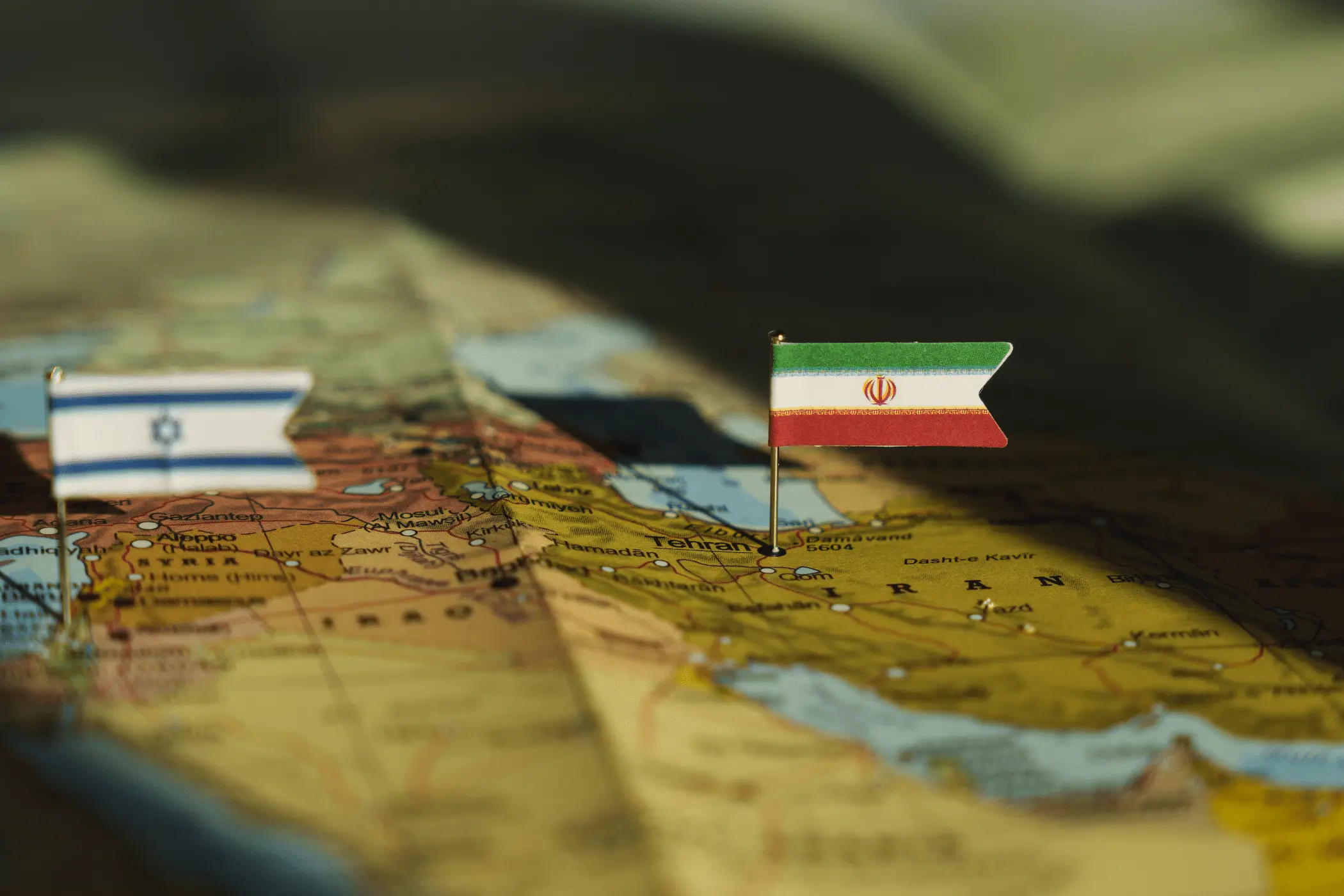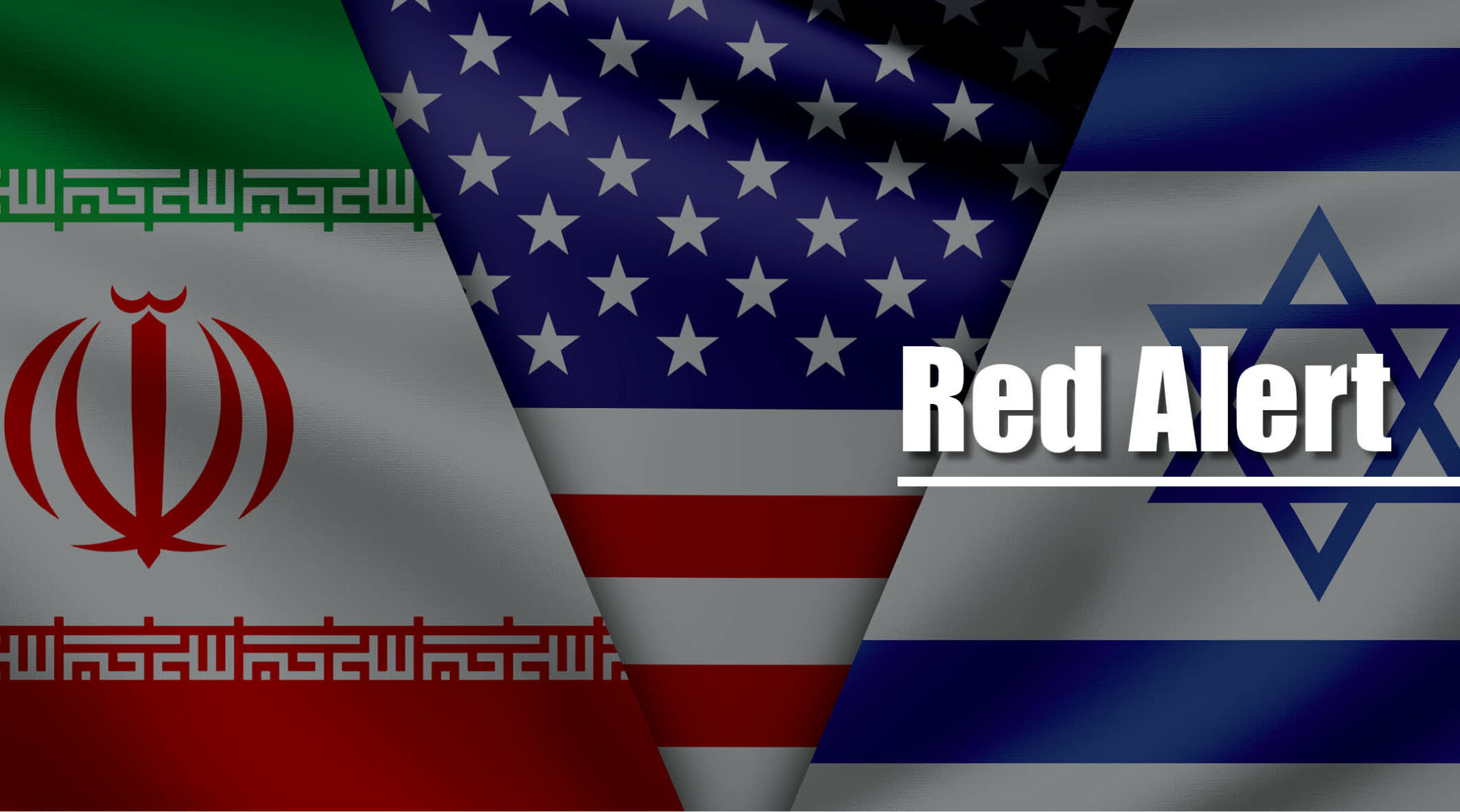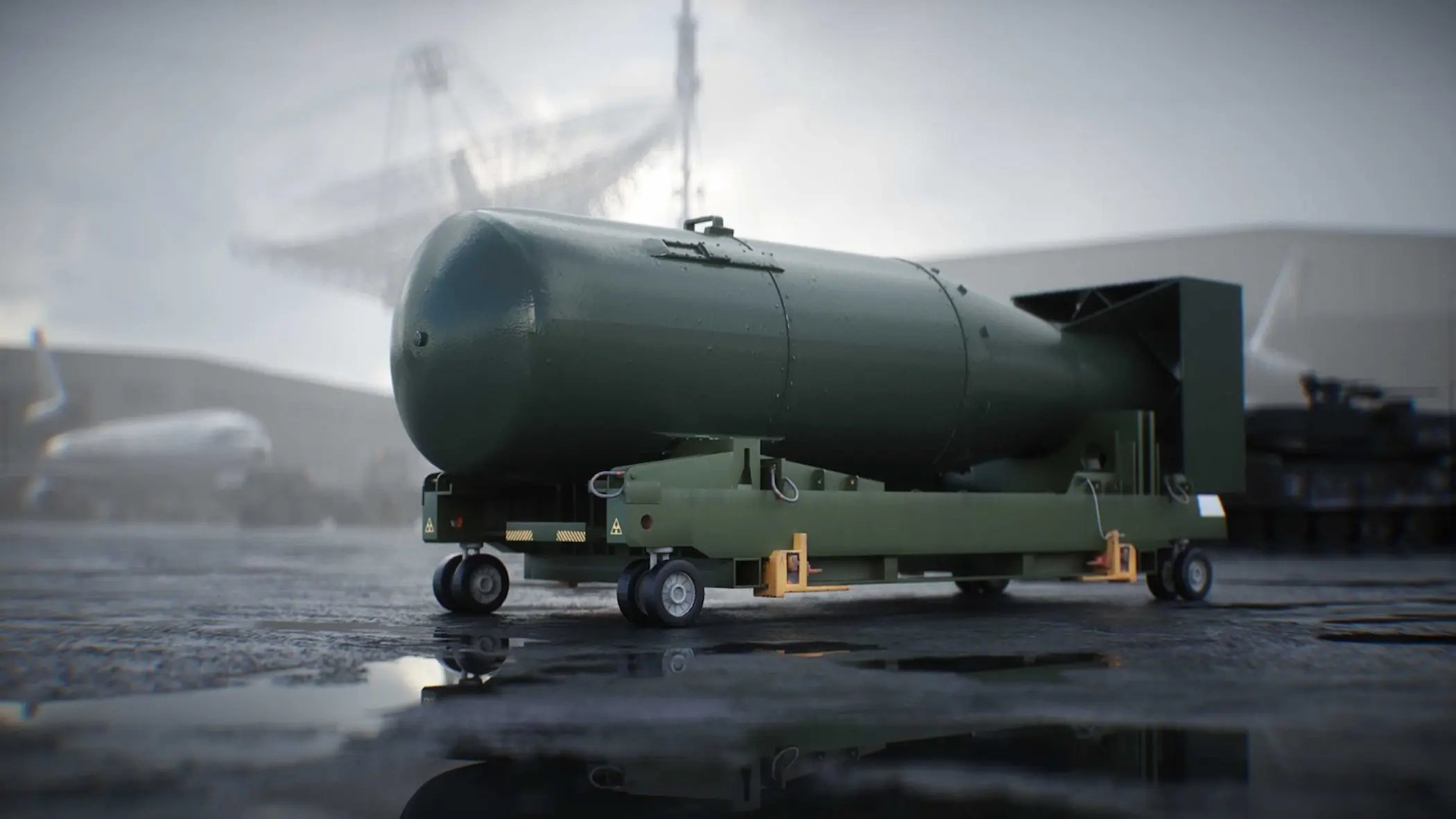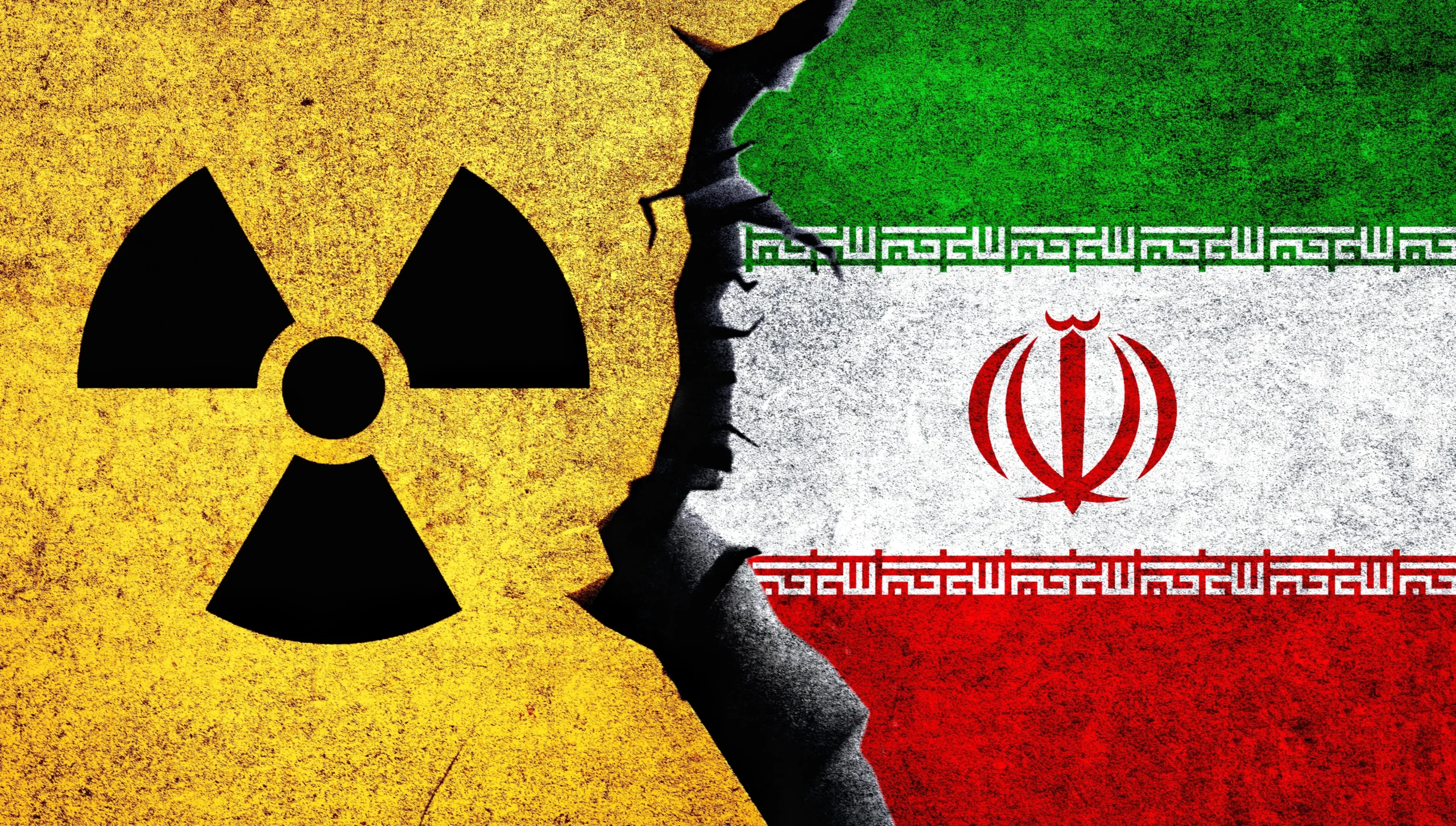The Strait of Hormuz – a narrow, indispensable artery through which nearly a fifth of the world’s oil and a third of its liquefied natural gas (LNG) flows– stands on a cliff. As geopolitical tensions intensify across the Middle East, fuelled by escalating Iran-Israel tensions and the shadow of direct United States (U.S.) involvement, the once-unthinkable threat of its closure looms larger than ever with Iran’s threat to close or block the Strait. In spite of the catastrophic global implications of such an act, the volatile depths of this potential crisis will be explored, unravelling the motives that could push Iran to choke this global lifeline, exposing the monumental security and geopolitical fallout, and revealing the catastrophic economic shockwave that would consume nations far beyond the region.
Hormuz: A Strategic Chokepoint
One of the world’s most important, strategic and vital oil transport gateways, the strait of Hormuz, located between Oman and Iran, connects the Arabian Gulf with the Gulf of Oman and the Arabian Sea and is considered one of the world’s most important and strategic locations for international trade. It plays a role in handling the passage of some of the world’s largest crude oil tankers as it is characterized by its depth and width. The Strait of Hormuz plays a critical role in maintaining the stability and efficiency of the international energy market and is considered a major global lifeline. Approximately 20% to 25% of total global oil consumption, which translates to 20 million barrels per day (b/d), travels through this unique waterway. Reflecting on numbers, oil flow through the Strait in 2024 averaged 20 million (b/d), or the equivalent of about 20% of global petroleum liquids consumption. These numbers encompass a substantial portion of crude oil originating from major oil-exporting nations, including Saudi Arabia, Iraq, the United Arab Emirates (UAE), Kuwait, Iran, and Qatar. The economies of Gulf states rely heavily on these vast energy exports, as they are considered the primary source of funding for national budgets, enabling these states to continuously develop their infrastructure, sustain social welfare programs, and maintain the well-being of their respective populations. On the other hand, fast-growing economies, particularly in China, India, Japan and South Korea, among others, which are characterized by their rapid industrialization process, depend heavily on a consistent and affordable means of energy flow for the Middle East via Hormuz strait, this is to fuel their industries and to drive up their economic growth.
According to the U.S. Energy Information Administration (EIA), in 2024, 84% of crude and condensate) oil, as well as 83% of LNG which travelled through the Strait of Hormuz were primarily directed toward the countries mentioned above, which amounted for a combined 69% of all Hormuz crude oil and condensate flows. Any disruptions in supplies within the Hormuz Strait will have a lasting impact on these markets. The Strait, beyond its crucial role in the transport of crude oil, also plays a pivotal role in LNG transport where Qatar, one of the world’s largest LNG exports, relies almost entirely on this waterway to provide international markets with its gas, reflecting the importance the Strait plays not just for the delivery of global crude oil but rather for the diversification of global energy delivery.
The Strait’s economic significance goes beyond oil and gas, as it also serves as a vital corridor for broader international trade and maritime shipping. While a significant portion of the Strait’s traffic is energy-related, the Strait also handles large volumes of non-energy cargo, as large container ships loaded with manufactured goods, raw materials, and essential food supplies travel through the Strait. It also supports major ports in the Arabian Gulf. Ports like UAE’s Jebel Ali and Abu Dhabi’s Khalifa Port are among other key trade hubs linking this part of the world and the region to global supply chains, connecting markets within the Middle East to parts of Asia, Europe, and Africa. The lack of alternative routes makes the Strait even more economically critical to many parts of the world. Despite the presence of different pipeline alternatives in Saudi Arabia and UAE, however, their combined capacity falls short of the volume of crude oil that usually travels through the Strait. Hence, having these routes handle only a smaller volume underscores the Strait’s continued strategic importance.
Can the Strait of Hormuz be Closed?
In June 2025, Tehran issued a threat to close the Strait of Hormuz in retaliation for Israeli strikes on its military and nuclear facilities. The decision to close this vital waterway is fraught with complex strategic, political, and economic considerations. While the possibility of closure can’t be entirely dismissed, its actual implementation hinges on several key factors, including:
Damaging Iranian Energy Facilities and Resources
Iran’s economy is profoundly reliant on its energy sector, with oil export revenues accounting for approximately 85% of all Iranian government revenue. Nearly all of Iran’s oil export terminals are situated within the Arabian Gulf, making the Strait of Hormuz an indispensable lifeline for the nation’s economic well-being. Furthermore, due to insufficient domestic refining capacity, Iran also heavily depends on the Strait for critical gasoline imports. Recent developments have seen Israeli strikes increasingly target Iranian energy infrastructure. This includes significant facilities such as the South Pars gas field, oil refineries, the Shahran oil depot, and various fuel tanks. These attacks represent a dangerous escalation in the conflict, moving beyond traditional military targets to encompass critical economic infrastructure.
Iran will aim to transform the conflict into a wider economic struggle, leveraging the inherent vulnerability of regional energy security as a coercive tool. In this context, closing the Strait of Hormuz would serve not only as a direct retaliatory strike against those attacking Iran’s energy assets but also as a potent coercive measure. This action would aim to pressure states, who are themselves heavily reliant on the Strait for their energy exports, to either disengage from or condemn actions perceived as hostile to Iran.
Direct U.S. Military Involvement in the Conflict
Iran has consistently accused the U.S. of direct involvement in the ongoing conflict with Israel, claiming to possess “solid evidence” that American forces and bases in the region are actively supporting Israeli military actions. It has explicitly threatened to target the U.S. and other foreign forces if they assist Israel against Iranian missile and drone attacks. Israeli Prime Minister Benjamin Netanyahu recently acknowledged the U.S. Air Force’s role in shooting down Iranian drones, underscoring the close military cooperation. Also, the Pentagon swiftly moved to accelerate the deployment of an additional aircraft carrier and other naval assets in the region, signalling heightened U.S. commitment. U.S. officials have warned Iran not to target American troops, drawing a clear “red line,” yet Iran has vowed to retaliate against any Western forces aiding Israel. The substantial U.S. military movements and ongoing defensive actions increase the likelihood of miscalculated incidents that could rapidly escalate, potentially prompting Iran to close the Strait of Hormuz in retaliation and drawing the U.S. into a broader regional war it initially sought to avoid.
Assassination of the Iranian Supreme Leader
As the Supreme Leader, Ayatollah Ali Khamenei holds the highest position in Iran’s political and military power structure, exercising near-absolute authority over all state affairs, including foreign policy and command of the armed forces. His position is central to the cohesion and legitimacy of the Islamic Republic, making him an irreplaceable figure in Iran’s governance. Recent intelligence and reports have revealed that Israel has developed contingency plans targeting Khamenei for assassination, reflecting the heightened tensions and strategic calculations in the region. Israeli officials have publicly hinted that Khamenei remains a high-value target, especially in light of previous successful operations against top Iranian military commanders and nuclear scientists, which have already disrupted the regime’s internal command and control networks and exacerbated political instability.
The assassination of Iran’s Supreme Leader would be seen by Tehran as an existential threat, prompting the regime to abandon strategic restraint. Iran would likely respond forcefully and immediately, regardless of economic or diplomatic costs, almost certainly employing its ballistic missile arsenal and escalating proxy attacks. The regime could also resort to a prolonged closure of the Strait of Hormuz, aiming to exert maximum pressure on global energy markets and reassert deterrence. Such an escalation might also accelerate Iran’s nuclear weapons development. The assassination of Khamenei would thus lead to an extremely unstable situation with severe global repercussions, including major economic disruptions, increased military conflict, and a significant shift in the Middle East’s political landscape.
Domestic Pressures and Diversion
The Iranian regime faces significant and multifaceted internal challenges. These include persistent economic problems, growing domestic alienation, heightened tensions with Israel, and a broader crisis of legitimacy. The recent deaths of high-ranking officials have created a leadership vacuum and exposed potential power struggles within the regime’s elite, further exacerbating internal fragility. In such a precarious domestic environment, the regime’s primary concern is survival and the maintenance of internal cohesion.
A common geopolitical pattern suggests that regimes grappling with severe internal pressures may resort to externalising conflict. This tactic aims to divert public attention away from domestic grievances, consolidate power around a perceived external threat, and foster a “rally around the flag” effect among the populace.
In this context, closing the Strait of Hormuz, an action with profound global ramifications, would immediately shift both international and domestic focus onto an external crisis. This suggests that internal fragility, rather than solely external provocation, could paradoxically increase the likelihood of a drastic external action like Strait closure. The regime might prioritise its own survival and internal cohesion over the severe economic and international repercussions of such a move, viewing it as a desperate, yet potentially effective, diversionary tactic to manage internal dissent and consolidate its position. The potential closure of the Strait of Hormuz amid escalating Iran-Israel tensions would profoundly disrupt regional power dynamics and provoke complex global responses. The feasibility and catastrophic global impact of such a diversionary tactic by the Iranian regime are underscored by the unparalleled strategic and economic importance of the Strait.
Implications of the Strait’s Closure
Closing the Strait of Hormuz would have profound economic, strategic, and security implications at the regional and international levels. Such an action would disrupt maritime traffic passing through it, threatening global energy supplies and sharply raising oil and gas prices. A closure could also escalate geopolitical tensions, negatively impacting regional security.
Economic Implications
An economic shockwave with catastrophic global implications would have immediate effects on the temporary or prolonged closure of the Strait, with global energy markets suffering the most from such repercussions, triggering a significant disruption in international oil and gas supplies worldwide. Key exporting players in the world would be severely impacted by these disruptions, leaving them unable to deliver their energy products through this main maritime route. This would result in sharp spikes in oil prices, potentially exceeding $100 per barrel. At the same time, some analysts predict a higher figure of $120 per barrel, which is subject to an increase depending on the duration and nature of the disruption. The impacts above, causing a sudden worldwide cut in energy supplies, would drive global markets into a state of panic, resulting in a supply-and-demand imbalance. Consequently, many nations that rely heavily on Gulf energy imports, particularly the U.S., Europe, and parts of Asia would face severe energy shortages, disrupting industrial production, straining transportation networks, and affecting daily life.
Such disruption would likely drive prices up on a global scale, sending shockwaves through energy markets and making it more expensive to transport goods, ultimately leading to a rise in the overall cost of living worldwide. Central banks would be caught in complex policy dilemmas, as inflation would rise sharply in nations that import energy, leaving them with two difficult choices: either to raise interest rates to combat inflation, or tighten monetary policy amid slowing economic growth, risking stagflation—a dangerous mix of stagnant output and rising prices. Additionally, many economies are expected to suffer from a deep recession, which would impact millions of jobs and the overall economic activity of these nations. On different stock market levels, the world would experience severe drops and devastating losses.
On a parallel level, the closure will not only trigger severe disruptions within the energy sector but also in global shipping and trade, as ships carrying goods would have to reroute their trips around the entire Arabian Peninsula, which will increase their fuel consumption and cost due to the thousands of nautical miles added to their trips, delaying the delivery of goods for several days or even weeks, consequently skyrocketing freight rates due to increased operational costs. An additional impact would also potentially cause slowdowns in manufacturing processes worldwide, as well as a scarcity of goods, making them increasingly difficult to obtain. The Arabian Gulf ports will eventually be cut off from the rest of the world’s maritime trade, adding more layers to this unprecedented logistical crisis. Vessels and ships traveling through or near conflict and war zones would have to upgrade and increase their insurance policies at significantly higher costs to account for the increased risks they face.
The economic damage would be especially severe for regional economies. The Gulf countries, whose economies heavily depend on oil and gas exports, would experience an immediate and significant decline in their primary sources of income.
Severe budget deficits, currency devaluations, widespread economic contraction, and hardship would be some of the immediate consequences of these revenue halts, potentially triggering widespread social and political instability. Ironically, Iran, the country most likely to consider such a shutdown, would also suffer severe economic repercussions. It’s oil and gas revenues, which are vital and driving forces for its fragile and struggling economy, would be halted, and its ability to import necessary goods, such as food and refined petroleum products, would be significantly restricted, causing further instability for its regime.
Ultimately, increased energy and operating expenses would affect business profits, potentially leading to job cuts and a sharp decline in direct investment. Along with rising inflation, this would decrease consumer spending, triggering an unending cycle of economic decline. Global financial markets would respond with intense volatility, marked by investor panic, steep drops in stock prices, and a widespread rise in risk aversion, leading to the total collapse of stock markets worldwide, especially in oil-importing countries. Currencies of energy-importing countries will drastically weaken due to worsening trade balances and rising inflation. Beyond these severe economic repercussions, the potential closure or disruption of the Strait would also ignite profound geopolitical and security implications.
Geopolitical and Security Implications
Gulf countries are intensifying diplomatic efforts to de-escalate tensions between Israel and Iran, driven by persistent regional instability, the absence of clear resolutions, and hints of direct U.S. intervention. A significant concern for these nations is the potential closure of the Strait of Hormuz, a vital conduit for their oil and gas exports, which would trigger an economic catastrophe. This precarious situation also presents a strategic dilemma for Turkey, as it navigates its security partnership with the U.S. alongside its economic reliance on the strait’s uninterrupted navigation. Ankara is expected to adopt a cautious approach, focusing on coordination with Washington to ensure regional stability while avoiding direct involvement, reflecting the complex balance regional parties are striving to maintain amidst this turbulent landscape.
On the global stage, the U.S. maintains a robust military presence through its Fifth Fleet in Bahrain, with a clear mandate to ensure freedom of navigation. Any Iranian attempt to close the strait would almost certainly provoke a strong U.S. military response. The “Trump factor” introduces significant unpredictability into Iran’s strategic calculations, potentially deterring outright closure or risking miscalculation. China, Iran’s largest oil customer, has a vested interest in keeping the strait open to safeguard its critical energy imports and is prepared to leverage its economic power to prevent disruption, though it remains cautious about entanglement in the broader conflict. Russia, while condemning Israeli strikes, prefers regional stability to protect its strategic and economic interests tied to Iran and is likely to pressure Tehran toward de-escalation. Although international law under UNCLOS transit passage rights cannot be suspended, the legal status during armed conflict is ambiguous, complicating the enforcement of maritime security.
All these regional and global factors show a serious geopolitical problem: if the Strait of Hormuz is closed, it could break apart regional alliances, make countries choose between staying neutral or taking sides, and lead to a larger conflict that would have serious economic and security effects around the world. The scenario underscores the fragile balance between asserting regional power and avoiding catastrophic economic and military consequences, with all actors acutely aware that disruption of this vital chokepoint could trigger a cascade of geopolitical and economic crises.
Moreover, the potential closure or disruption of the Strait of Hormuz by Iran presents a highly volatile military and legal challenge with far-reaching implications. Under the 1982 United Nations Convention on the Law of the Sea (UNCLOS), which enshrines customary international law, transit passage rights through international straits like Hormuz cannot be suspended. Although Iran has signed but not ratified UNCLOS and maintains conflicting domestic laws requiring prior permission for foreign warships, the principle of freedom of navigation remains a cornerstone of international maritime law. Any attempt by Iran to lay naval mines or otherwise block the Strait without lawful justification would constitute an unlawful use of force, violating both UNCLOS and the United Nations Charter, and would likely invoke the right of self-defence by affected states. Historically, attacks on merchant vessels have drawn condemnation from the U.N. Security Council, and the Secretary-General has emphasised the necessity of respecting international law and enhancing maritime governance to safeguard global shipping lanes.
From a military perspective, the U.S. regards a complete closure of the Strait as a significant threat that would undoubtedly trigger a forceful response involving both naval and air forces to restore this vital waterway. The U.S. has already increased aerial surveillance and naval patrols in response to rising tensions, indicating its readiness to counter any Iranian attempts to disrupt navigation. Iran, for its part, possesses a formidable arsenal of asymmetric capabilities well-suited to the Strait’s constrained geography, including anti-ship missiles, naval mines, fast-attack boats, kamikaze drones, and submarines. Experts warn that Iran could deploy mines across the Strait within hours, creating a hazardous environment that would be slow and dangerous to clear, especially given modern mines’ sophisticated programming designed to evade traditional minesweeping tactics.
However, Iran’s strategic approach is likely to avoid a full, explicit blockade, which would be legally indefensible and militarily provocative, risking overwhelming international military retaliation and severe economic self-harm. Instead, Iran is expected to employ “grey zone” tactics—such as increased harassment of shipping, covert mining, and the declaration of temporary maritime security zones—to create uncertainty and risk that deter commercial navigation without crossing the threshold into outright closure. This method mirrors recent Houthi operations in the Red Sea, where ambiguity and plausible deniability enable significant disruption and leverage while complicating legal and military responses.
This interplay between military capabilities and international law creates a delicate balance. While Iran has the means to threaten the Strait, the immense economic cost to itself and the strong legal basis for international intervention act as powerful deterrents against full closure. The U.S. and other global powers remain committed to ensuring freedom of navigation, prepared to respond decisively to any overt blockade.
Finally, the Strait of Hormuz is far more than just a critical geographic chokepoint; it’s an indispensable global economic gateway. Its closure, driven by Iran’s calculated motives in response to escalating regional tensions and domestic pressures, would unleash a catastrophic economic shockwave and fundamentally realign global geopolitical and security dynamics. The international community’s shared reliance on this vital road means that any disruption demands an immediate and unified strategic response to mitigate unparalleled consequences.
This analysis is part of the “What If” series, available on AHRC website under the Early Warning Program.
References























Comments